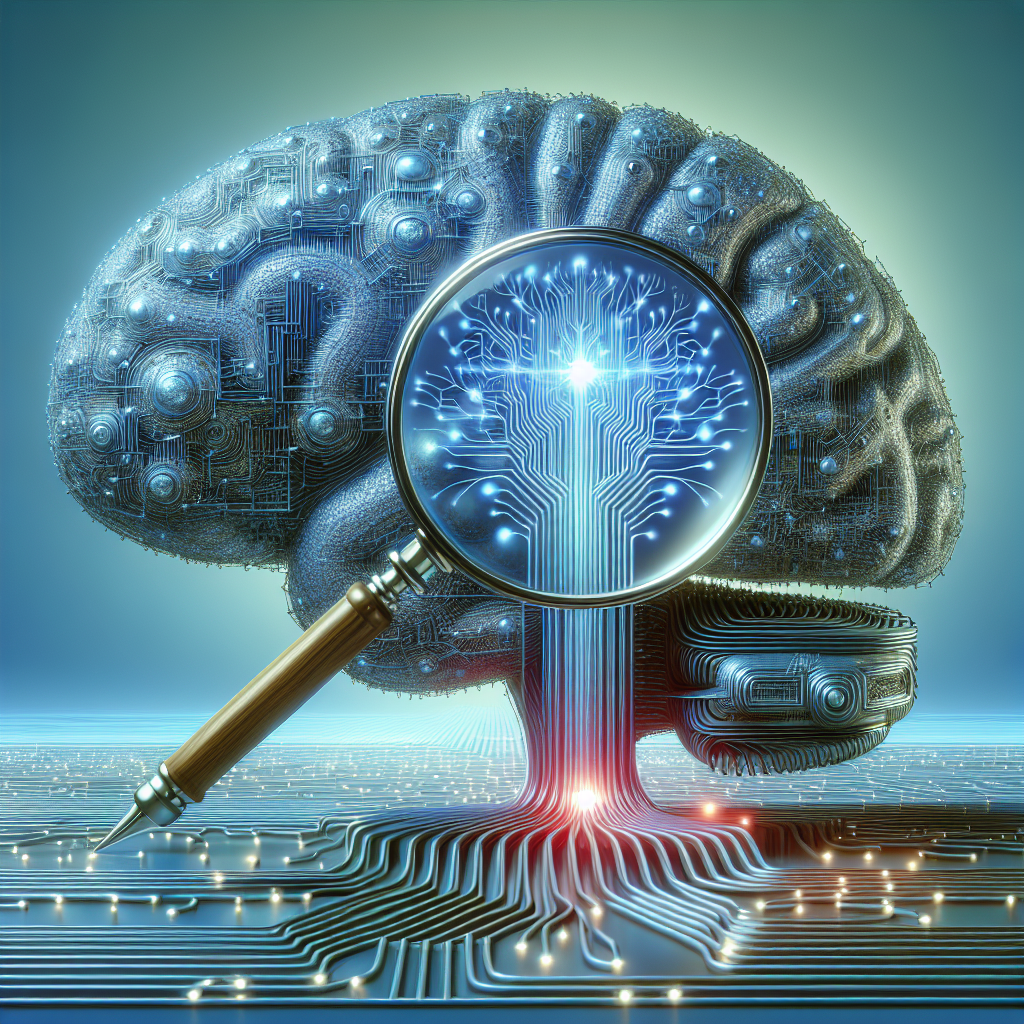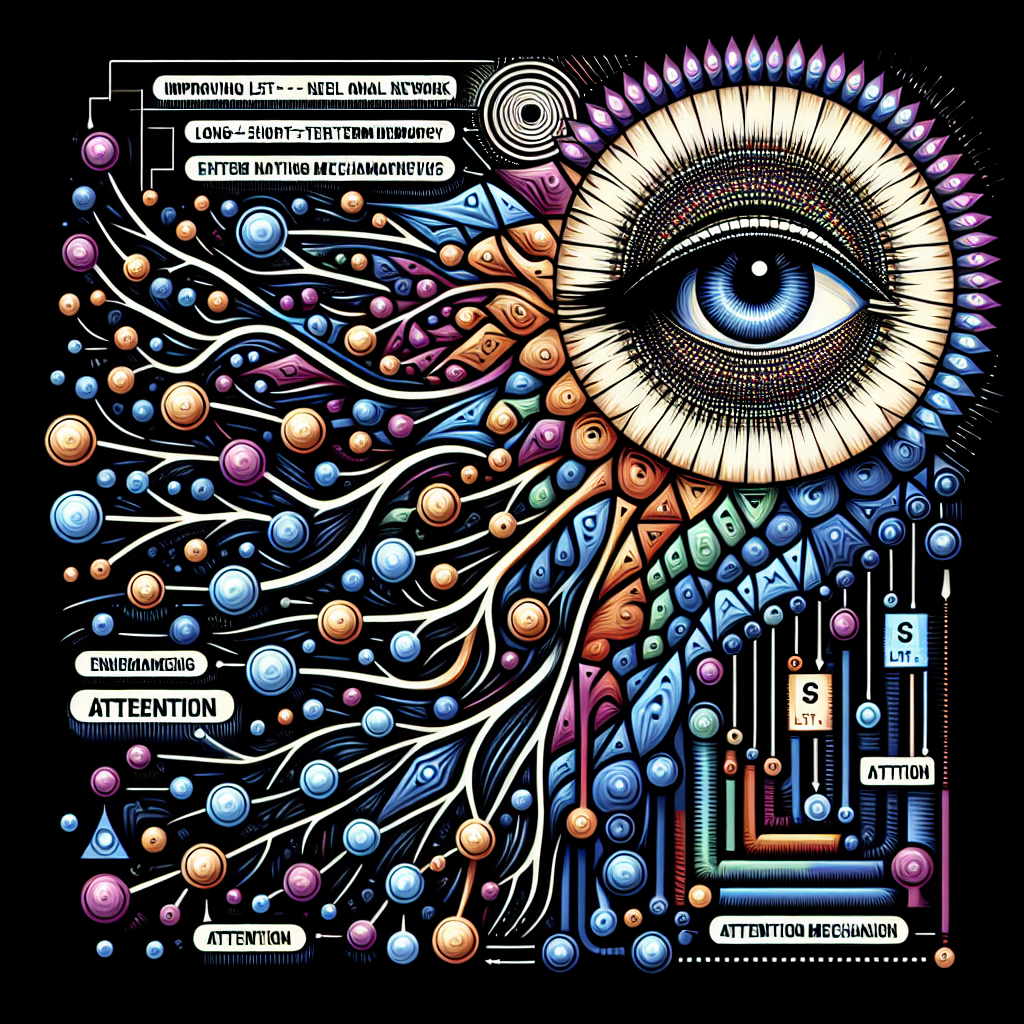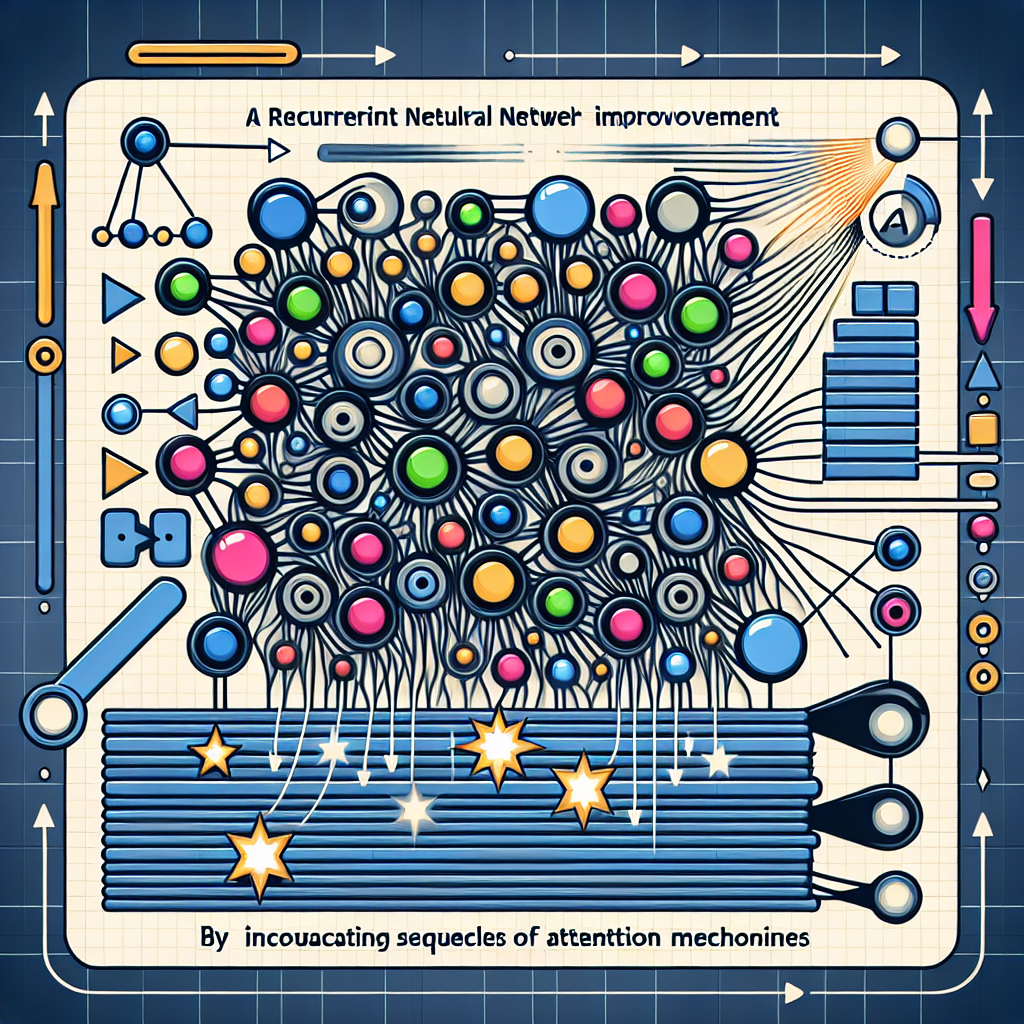Recurrent Neural Networks (RNNs) have gained significant popularity in the field of artificial intelligence and machine learning due to their ability to effectively model sequential data. One key component of RNNs that has been the subject of much research and discussion is the attention mechanism. Attention mechanisms play a crucial role in enhancing the performance of RNNs by allowing the network to focus on specific parts of the input sequence during training and inference.
Attention mechanisms in RNNs can be thought of as a way for the network to dynamically allocate its computational resources to different parts of the input sequence. This allows the network to selectively attend to relevant information and ignore irrelevant information, ultimately improving the network’s ability to learn complex patterns and make accurate predictions.
There are several different types of attention mechanisms that can be used in RNNs, each with its own strengths and weaknesses. One common type of attention mechanism is the additive attention mechanism, which calculates a set of attention weights based on the similarity between a query vector and the input sequence. Another popular type of attention mechanism is the multiplicative attention mechanism, which calculates attention weights by taking the dot product between a query vector and the input sequence.
Attention mechanisms have been shown to significantly improve the performance of RNNs in a wide range of tasks, including machine translation, speech recognition, and image captioning. By allowing the network to focus on relevant parts of the input sequence, attention mechanisms help RNNs to better capture long-range dependencies and make more accurate predictions.
In addition to improving performance, attention mechanisms also provide valuable insights into how RNNs make decisions and process information. By analyzing the attention weights learned by the network, researchers can gain a better understanding of which parts of the input sequence are most important for making predictions, and how the network uses this information to make decisions.
Overall, attention mechanisms play a crucial role in enhancing the performance and interpretability of RNNs. By allowing the network to selectively attend to relevant information, attention mechanisms help RNNs to better capture complex patterns in sequential data and make more accurate predictions. As research in this area continues to advance, we can expect to see even more sophisticated attention mechanisms being developed to further improve the capabilities of RNNs in a wide range of applications.
#Exploring #Role #Attention #Mechanisms #Recurrent #Neural #Networks,rnn












